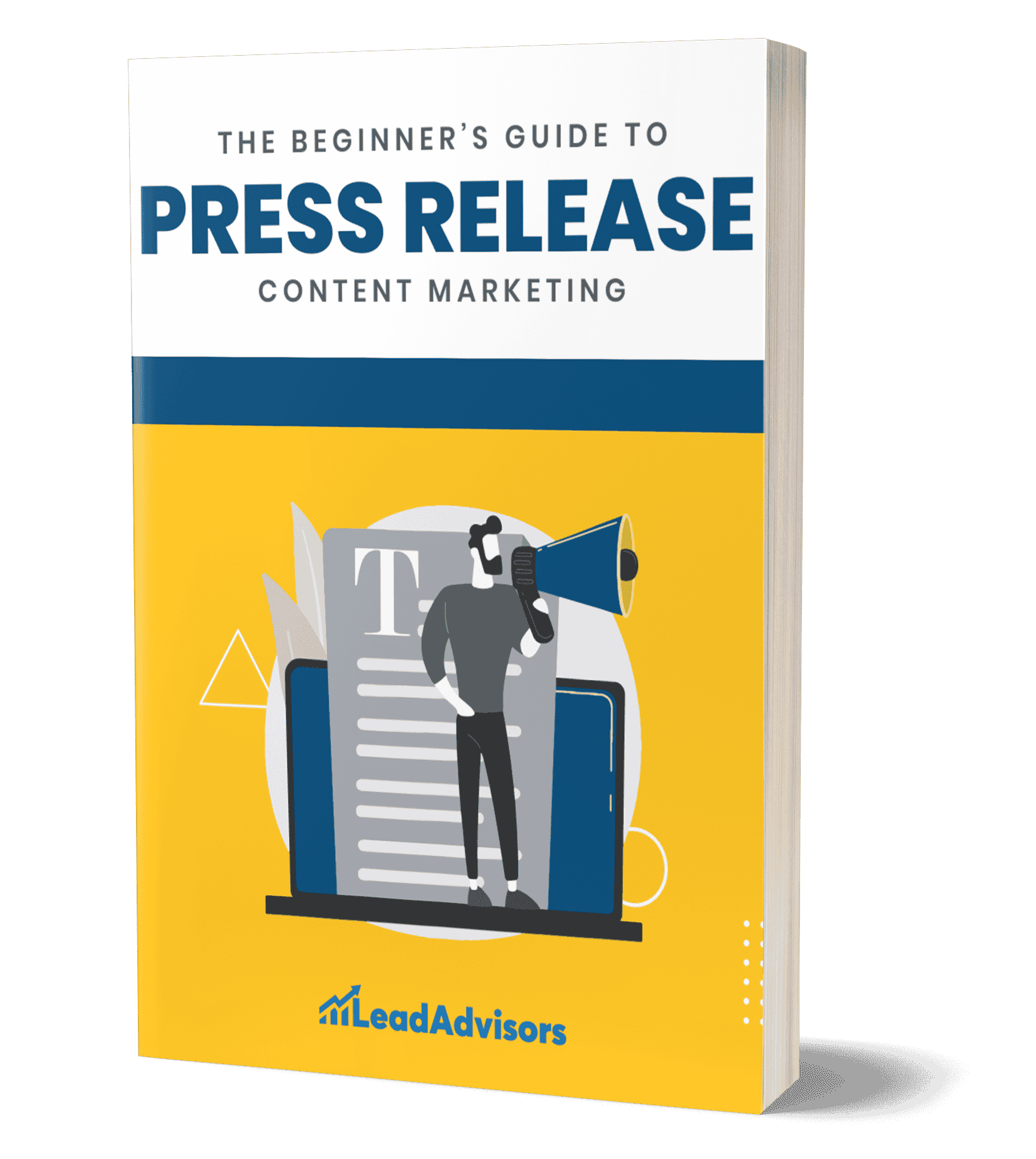Website architecture plays a pivotal role in enhancing both user experience and SEO performance. By integrating effective keyword research and keyword mapping, you can ensure that your content aligns with user queries and search engine algorithms.
Mobile optimization ensures your site is accessible and user-friendly across all devices, while cornerstone content provides comprehensive, high-value information that serves as the foundation of your site.
Regular content pruning helps maintain relevance and quality, ensuring your site remains authoritative and engaging. This guide will explore best practices for optimizing your website architecture to achieve these goals.
What Is Website Architecture?
Website architecture refers to the structural design of a website. This required structuring the site in terms of hierarchy and browsing, making information accessible to users and search engines.
Having a good website architecture ensures that your users perceive a better experience, they find it easier to navigate, and more defined pathways of information are laid at their disposal. On top of that, it can help optimize a site for SEO.
It makes search engines more capable of crawling and indexing the website, which means it provides a higher ranking in searches and, thus, better visibility.
You May Also Like: SEO Strategy: Link Building for Pillar Content and Branded Content
Why Is Website Architecture Important for SEO?
When search engines have a better understanding of your website structure, they can help crawl and index the content more effectively, resulting in greater visibility.
A well-organized website enhances a user’s experience, which can equate to raising engagement while dropping bounce rates. Both of these spell improvements in search rankings. Organizing content logically and navigational to allow wider access from users or search bots (crawling) alike.
Improves Crawling and Indexing
A well-structured website makes it easier for search engine bots to crawl your site. Having clear pathways ensures that all important pages are found and indexed by search engines, which gives them more visibility in search results.
Well-formatted architecture helps Google find your content, and it will index faster. When you organize content hierarchically and logically, it helps search engines understand how the various pages on your website relate to one another so they can rank them accordingly.
Boosts User Experience
Good website architecture enhances user experience, keeping visitors engaged and reducing bounce rates. The more quickly users locate what they need, the more likely they are to stay and engage with your content.
A clear and intuitive navigation structure helps users find relevant information effortlessly, especially when built around core user experience design principles. It would be great if they could locate the information that matters most quickly and easily. This would also tell search engines that your website is user-friendly, which would help create better-ranking signals.
Optimizes Internal Linking
Effective internal linking distributes link equity throughout your site. This helps in boosting the SEO value of your pages, especially those that might not attract as many external links.
Internal links help search engines crawl and index new or deeper content on your site. This leads to increased visibility, hence, better SEO performance of those pages.
Increases Site Authority
If you have a well-structured website, it can build authority around some topics. By organizing content around key themes and using internal links strategically, you signal to search engines that your site is a comprehensive resource.
A well-organized site enhances user trust and credibility. When users can easily navigate and find reliable information, it reflects positively on your brand and can lead to higher search engine rankings.
Supports Mobile Optimization
Responsive design, in conjunction with sound site architecture, ensures that your website provides a great user experience on every device. Because search engines actually favor mobile-friendly sites, this can help your SEO.
However, optimizing for mobile is a very important aspect of SEO. Having an organized website that supports the quality of experience across devices will keep your visitors on your site and can rank well in search engines.
How to Implement a Good Website Architecture
Implementing a good website architecture involves careful planning and strategic design to ensure a seamless user experience and optimal SEO performance. This is how to implement good website architecture:
Plan Your Site Structure
To implement an effective website architecture, begin by defining the main categories that reflect your site’s primary topics or services. Break these down into subcategories to create a detailed hierarchy that organizes content logically. While you are at it, check out the best web design tips.
Next, create a sitemap, a visual representation of your site’s structure, to ensure everything is organized coherently. This sitemap serves as a blueprint for both site development and ongoing maintenance, ensuring that every piece of content has its place and is easily accessible to users and search engines – and if your current structure is outdated, a full website redesign may be the most strategic next step.
It is vital to understand the differences between landing pages and websites to effectively map their roles within your architecture. Do not forget to incorporate technical SEO practices and topic clusters for a more cohesive approach. To guide you, refer to your own content hub.
Optimize URL Structure for Better Website Architecture
Having an effective URL structure is also crucial for a good user experience and ranking well in search engines. This means choosing an easily understandable, keyword-rich URL that accurately describes the content of your page. Additionally, optimizing your website’s title and tags using on-page SEO best practices helps search engines understand and rank your content. Do not forget to incorporate LSI and NLPs too.
Do not use unnecessary parameters or long strings of characters, but create URLs as short and sweet as possible so they are easier to read and remember. Besides giving users a glance at the content of your page, this also helps search engines index and rank your pages effectively.
Design Clear Navigation
Creating clear navigation is vital for enhancing user experience and helping visitors find information quickly. Start by designing user-friendly menus that are intuitive and easy to use, ensuring that all main categories are easily accessible.
Implement breadcrumbs to assist users in understanding their location within the site’s hierarchy, making it easier for them to navigate back to previous sections. This combination of clear menus and breadcrumbs not only improves usability but also encourages users to spend more time exploring your website.
Moreover, employ iterative design processes to refine your navigation structure. This is to continuously improving the website based on user feedback and testing.
Use usability testing methods, such as A/B testing and user journey mapping, to identify and address navigation issues and align those efforts with a comprehensive UX strategy that puts user needs and brand impact at the forefront.
This approach helps create intuitive, user-friendly menus that guide visitors effortlessly through your site, enhancing their overall experience and increasing the likelihood of repeat visits and conversions.
Enhance Internal Linking
Enhancing internal linking is crucial for improving SEO and user experience. Use descriptive anchor text to clearly describe the content being linked, making it easier for both users and search engines to understand the context.
Ensure links point to relevant and high-value pages, which not only enhances content discoverability but also keeps users engaged by guiding them to related information. Additionally, consider off-page SEO when planning for internal linking strategies that boost your site’s authority and enhance user engagement.
Ensure Mobile Optimization
Ensuring mobile optimization is crucial for providing a seamless user experience across all devices. Implement responsive design to make sure your site functions well on smartphones, tablets, and desktops, adjusting layout and content accordingly.
Optimize mobile navigation by using touch-friendly elements and streamlined menus that are easy to interact with on smaller screens. This approach not only enhances usability for mobile users but also improves your site’s overall performance and search engine rankings, as search engines prioritize mobile-friendly websites.
Improve Page Load Speed
Improving page load speed is essential for a better user experience and higher search engine rankings. Optimize images and media by reducing file sizes, which can significantly decrease load times.
Minimize HTTP requests by simplifying the number of elements needed to load a page, such as combining CSS files and using inline scripts where appropriate. These practices ensure that your site loads quickly, keeping users engaged and reducing bounce rates, while also enhancing overall site performance and SEO.
Conduct Regular Audits for Good Website Architecture
Conducting regular audits is essential for maintaining a healthy and efficient website. Regularly identify and fix broken links to ensure all pathways on your site are functional and improve user experience. Use tools like Google Analytics to analyze user behavior and understand how visitors interact with your site.
Moreover, regular audits help identify gaps and inefficiencies in your content delivery across various platforms. This process allows you to evaluate the performance of your content syndication efforts.
Additionally, regular audits enable you to repurpose content or eliminate duplicate content. By keeping your content fresh and relevant, you can enhance engagement and improve overall marketing effectiveness.
You May Also Like: Short-Form Content: Grab Audience’s Attention
Frequently Asked Questions
What is the main purpose of website architecture?
How does website architecture impact SEO?
What’s the difference between website architecture and navigation?
How often should I review my website architecture?
Do I need technical expertise to improve website architecture?
Conclusion
A well-structured website architecture is crucial for enhancing user experience and improving SEO performance. By implementing best practices such as clear navigation, logical URL structures, and effective internal linking, you can create a seamless and user-friendly site that performs well in search engine rankings.
Regularly auditing your site ensures it remains optimized and up-to-date. For expert assistance in optimizing your website architecture and boosting your digital marketing efforts, consider partnering with LeadAdvisors, a leader in SEO and content marketing solutions














